Guerrero Negro, Baja California: Whale-Watching and Salt Flats
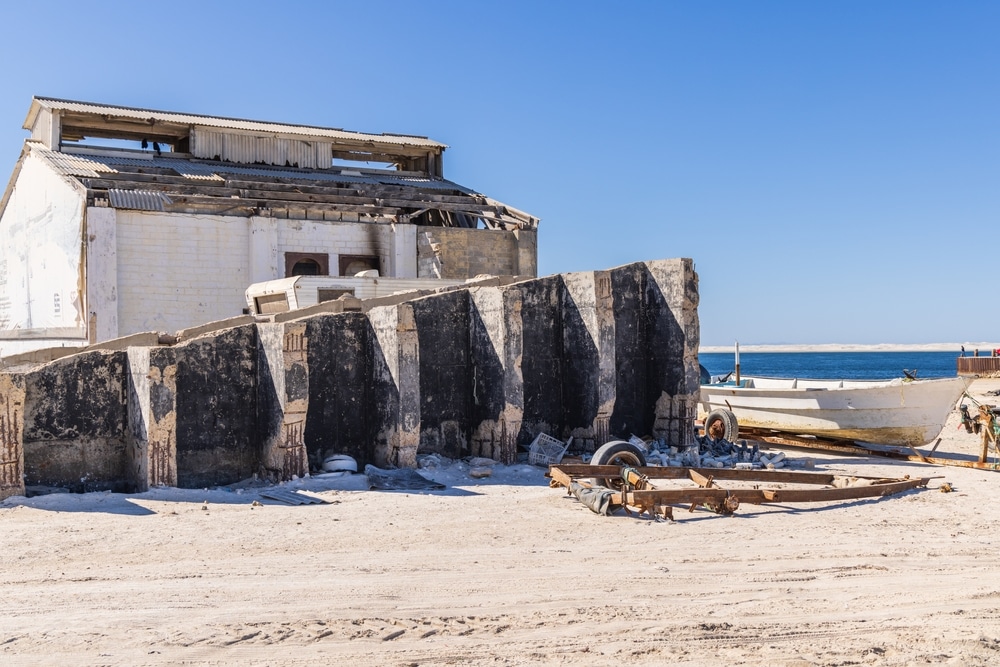
Guerrero Negro, Baja California Sur: Whale-Watching and Salt Flats
Have you ever been to or heard of Guerrero Negro? Do you know about its national and worldwide importance for salt production? Would you like to visit this exciting place in Baja California Sur?
This magical place is located on the 38th parallel of the northern hemisphere, separating the two Mexican states that share the Baja California peninsula (Baja California & Baja California Sur).
It has a legendary history around salt, and its lagoon is one of the most important ecosystems in Mexico.
Getting to Guerrero Negro, BCS
Guerrero Negro is situated on the west coast of the Baja California Peninsula, about 625 km south of the U.S.-Mexico border and 700 km south of Tijuana.
To get to Guerrero Negro, you can travel by car, bus, or plane.
If you drive from the United States, you can take the I-5 to San Diego and cross the border into Mexico. From there, take the Mexico Federal Highway 1 southbound to Guerrero Negro.
If you prefer to travel by bus, several coach companies offer services from major cities in Mexico, including Tijuana, Mexicali, and Ensenada. The trip can take up to 20 hours, depending on your starting location.
If you choose to fly, you can take a plane to San Ignacio or Loreto and then drive or take a bus to Guerrero Negro.
Top things to do and see in Guerrero Negro, Baja California Sur
Get to know the Guerrero Negro Saltworks

Mexico is the eighth largest salt producer globally, with nine million metric tons, and almost all of the production comes from the Guerrero Negro salt mine, the largest in the world.
Only a little more than 60,000 MT of Guerrero Negro salt is table salt. More than eight million MT is industrial salt, marketed by the Japanese corporation Mitsubishi to produce manganese, fertilizers, and silicon components for the computer industry.
The salt company is 55 % owned by Mexican corporations and 45 % by Mitsubishi.
The production center revolves around the Ojo de Liebre lagoon, which has perfect conditions for inexhaustible salt production.
Ojo de Liebre and its surroundings combine the proximity of the sea and an ancient seabed, a desert environment with almost no rainfall, intense solar radiation, and favorable winds, making the place an endless source of salt by evaporation.
Meet the gray whales (during season)
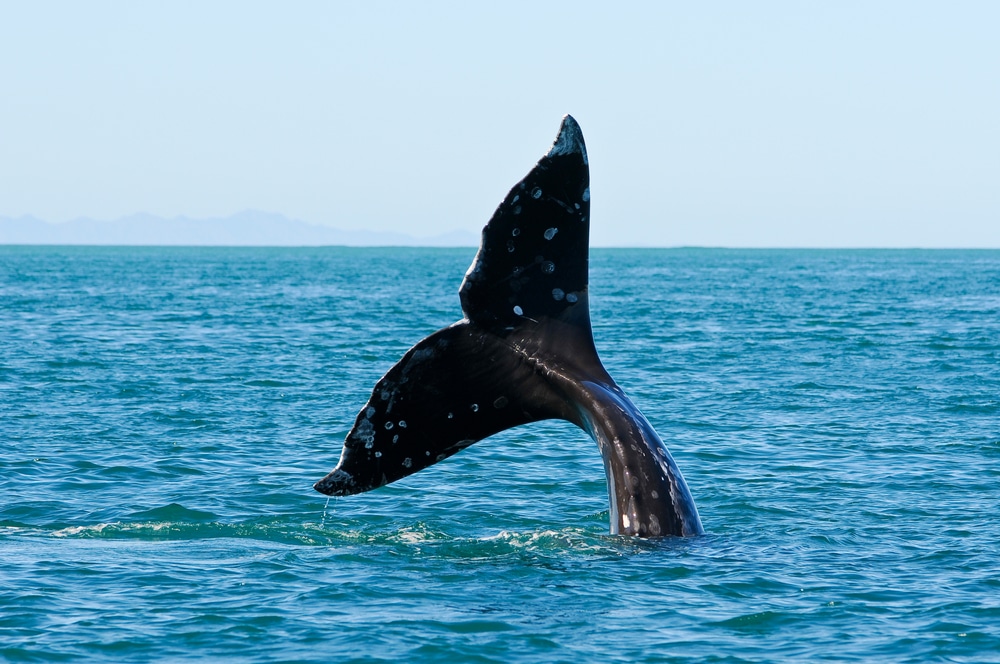
Ojo de Liebre and its surroundings are also a large ecosystem, fundamental for preserving the gray whale.
This aquatic mammal, which can reach 20 tons in weight and 15 meters in length, is the most sacrificed traveler among all the animals that migrate to Mexico.
It travels more than 10,000 km from the Arctic to the calm, warm waters of Baja California to mate and reproduce. That is why Ojo de Liebre is a sanctuary for this species.
Gray whale watching attracts visitors the most among the things to do in Guerrero Negro.
Whale-watching tours take place between December and March, and there are two operators in the town that organize the tours:
- Malarrimo Eco -Tours, Emiliano Zapata blvd.
- Mario’s Tours, at km 217.3 of the Transpeninsular Highway.
Guerrero Negro is also part of the El Vizcaíno Biosphere Reserve, a protected area crucial for the life of several species at risk of extinction, including the pronghorn or American antelope, one of the fastest land animals, which can reach nearly 100 KPH.
Visit the Guerrero Negro marshes
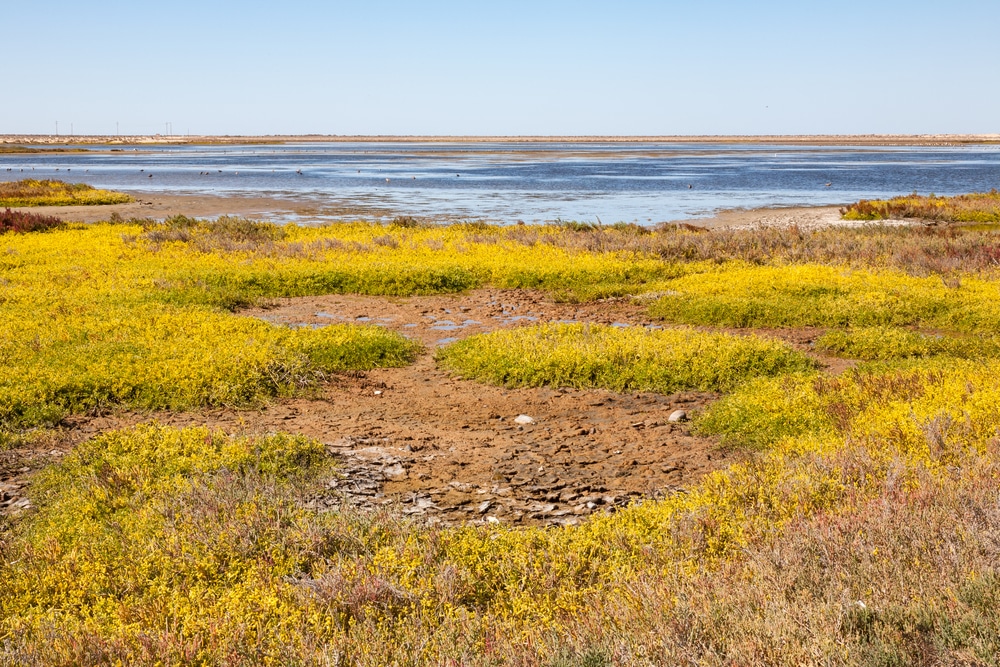
This beautiful and varied ecosystem is also considered a World Heritage Site as part of the Natural Biosphere Reserve in the beautiful Vizcaino Bay.
It is easily accessible and extends through the lagoons of Guerrero Negro and Ojo de Liebre.
Being a place where both salt water and fresh water coexist, you can find various marine species such as fish, crabs, octopus, clams, mussels, dolphins, etc.
There are also many birds, approximately 95 species, 65 migratory. In some year’s seasons, 173 species of birds have been sighted.
In this ecosystem, you will see magnificent vegetation capable of surviving the conditions generated by the salt water, which has allowed the conservation of this impressive natural space.
All these gifts that nature has given to the marshes make it a space you can photograph; that way, you will enjoy its biological richness in every image and time you want.
If you are a sports lover, the marshes in Guerrero Negro are ideal for hiking, kayaking, and cycling.
La Soledad Dunes: Walk through this spectacular sandy desert
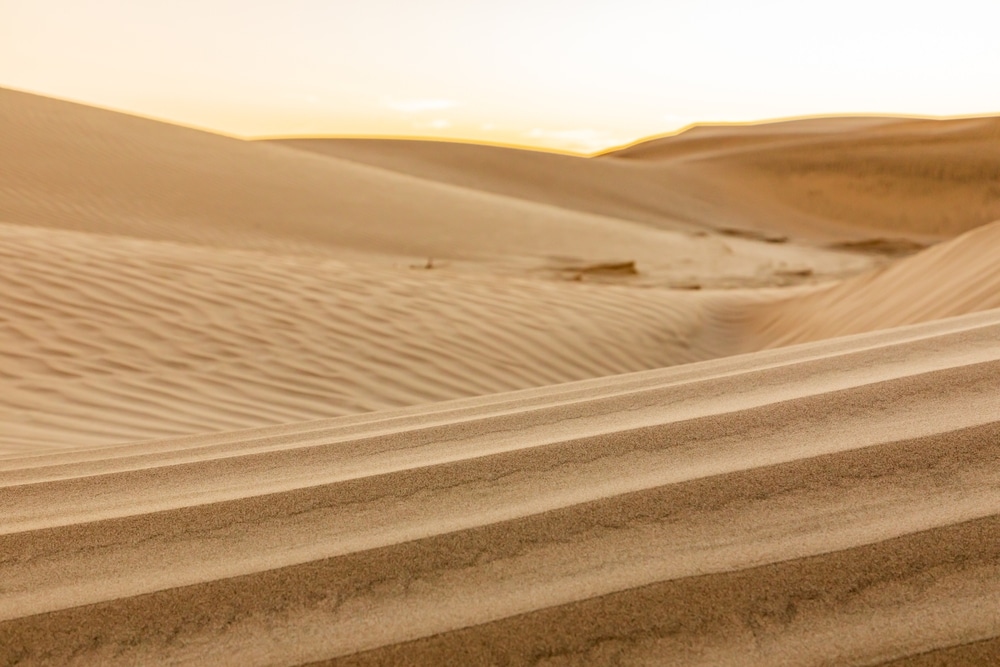
Within the El Vizcaino Biosphere Reserve, 10 km from the town of Guerrero Negro, are the Soledad Dunes, a dazzling space where the ocher tones of the earth contrast beautifully with the blue of the sea and the sky.
The capricious wind changes the profiles of the dunes, which, apart from their beauty, constitute a protective barrier against floods that could be unleashed during hurricanes.
The dunes are on the route to the gray whale sanctuaries, and despite their desert environment, some species (such as birds and crabs) venture out to live in their environment.
Among the things to do in Guerrero Negro, the tour of the Soledad Dunes will allow you to admire how incredible nature can be through a simple encounter of sea and sand.
Admire the Mexican tulips of Guerrero Negro

The Tulipa genus, to which the stunning and colorful tulips belong, has about 150 species.
Its red, pink, orange, and yellow tones are present almost everywhere in the world, provided there is good sunshine.
This flower is native to Asia Minor, from where it was brought to the Iberian Peninsula by the Muslims, and from Spain, it went to America with the conquistadors.
The name “tulip” comes from the voice “tulbend,” which in the Turkish-Ottoman language means “turban,” in allusion to the shape of the closed flower.
As they don’t require much water, tulips have adapted very well to Baja California, where the sun shines brightly.
On the streets of Guerrero Negro you can admire these beautiful flowers in intense reds that you will hardly see anywhere else.
Photograph the unique Osprey Nests

The osprey (Pandion haliaetus) is a protected bird of prey.
The majesty of the eagles has been culturally associated with power and royalty, and this species was named after Pandion I, the fifth king of Athens, according to Greek mythology.
These birds have the curious characteristic that their outer toes are reversible, allowing them to catch fish more quickly (their primary food source).
Although they are not at risk of extinction, ospreys receive special treatment in Guerrero Negro.
The Mexican Army, in a conservationist effort, places bases on the upper ends of the posts so that the birds can build their nests with branches and natural materials brought in from the desert.
In the marshes of Guerrero Negro it is common to see these birds feeding their babies with the small fish they catch with their unique claws.
Capture the old lighthouse of Guerrero Negro
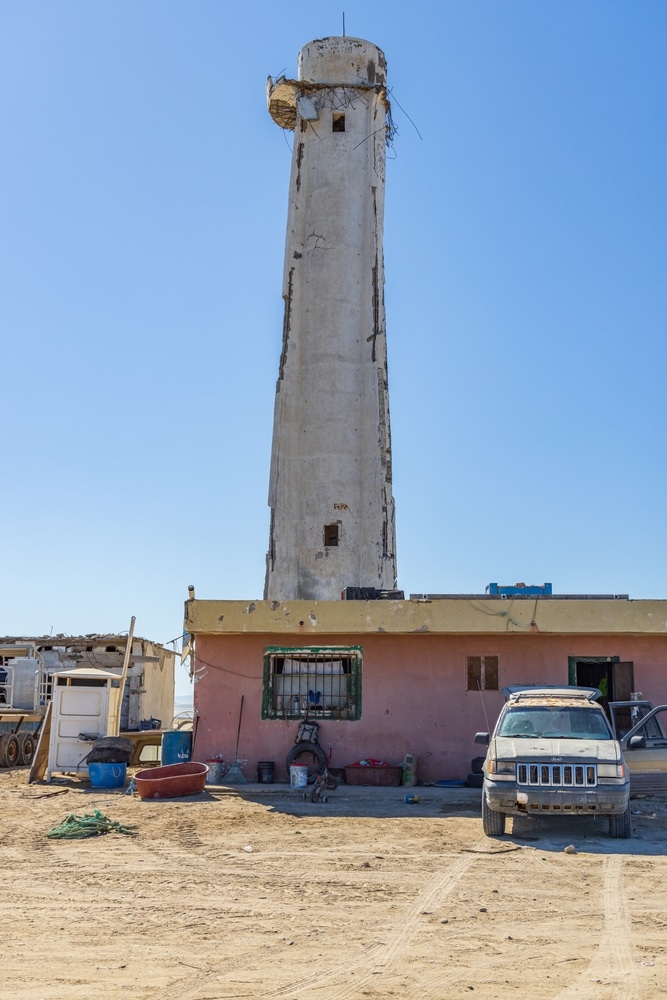
The old lighthouse was built in the oldest area of Guerrero Negro, and a warehouse ruin next to it served as a salt deposit.
These spaces were two central locations for the movie Bajo la Sal, where a serial killer took advantage of the salt in the area to hide his victims.
The Old Lighthouse is on the shore of the lagoon, and its function was to guide the barges that transported the salt during the beginning of the exploitation in the 1950s.
Visit the Old Lighthouse and take a picture to have a postcard of Guerrero Negro with a cinematographic testimony.
Discover the cave paintings
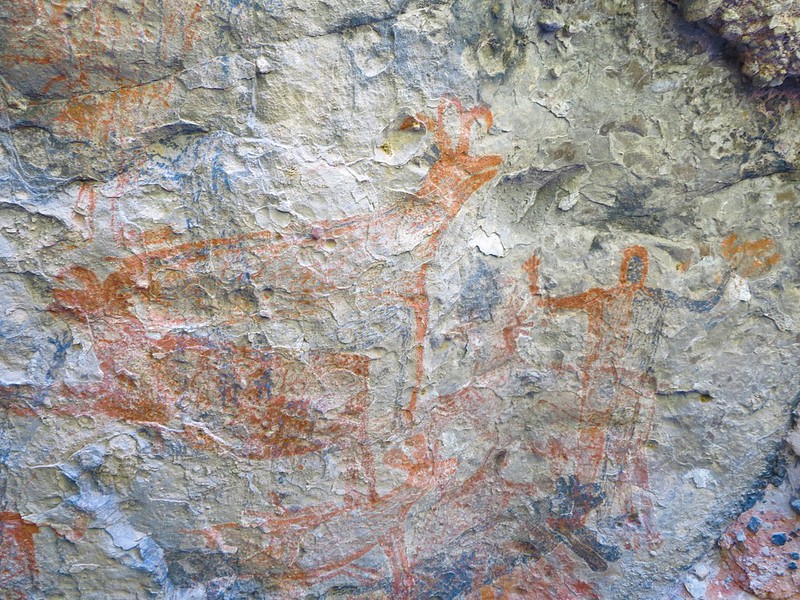
About 90 km east of Guerrero Negro, in the Sierras de San Francisco and Santa Martha, there are magnificent sites of cave paintings and petroglyphs 10,000 years old.
The cave paintings are in a perfect state of conservation, and apart from the INAH permit (65 pesos for adults), you have to pay for the guides, whose cost depends on the destination.
These rock art sites are located at several Santa Teresa Canyon and San Pablo Canyon points, which are more difficult to access.
The trip takes four to six hours by mule from the starting point in the highlands.
It can be done on foot, but you must be physically healthy.
Enjoy watching the Sea Lions
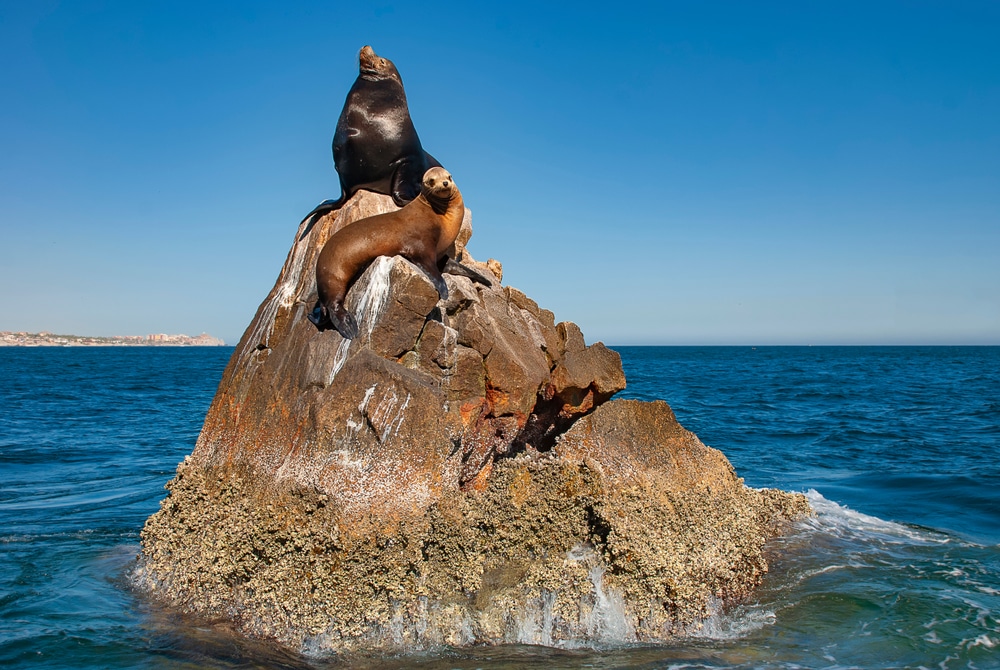
There is possibly no more admirable thing to do in Guerrero Negro than to watch the charming sea lions, always happy to bask in the sun in comfort.
Despite their apparent laziness, these animals that can reach up to one ton in weight can swim at 40 KPH and dive almost 200 meters in search of food, staying up to 40 minutes underwater.
They don’t often cry with sadness, as a legend says. What happens is that they eliminate excess salt water from their eyes through their tear ducts.
Guerrero Negro tour operators can take you to observe the peaceful sea lions sunning themselves on the buoys of the salinera.
Guerrero Negro Hotels

Guerrero Negro has some hotels that will provide a simple and quiet stay to get to know the city’s attractions and surroundings.
One is the Hotel Los Caracoles, located on Calzada de la República. It is a clean, affordable place with reliable Internet service.
The Nautilus House has a restaurant (praised for its food) and a 24-hour flea market.
While the Motel Malarrimo is located on Emiliano Zapata blvd in Guerrero Negro and includes essential, comfortable, clean, and economical services.
The restaurant’s cuisine is excellent, the seafood is fresh and delicious, and the staff is very friendly.

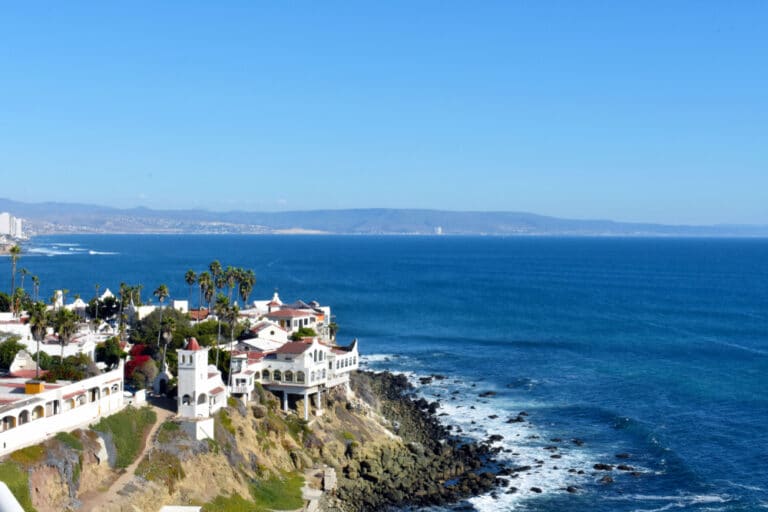

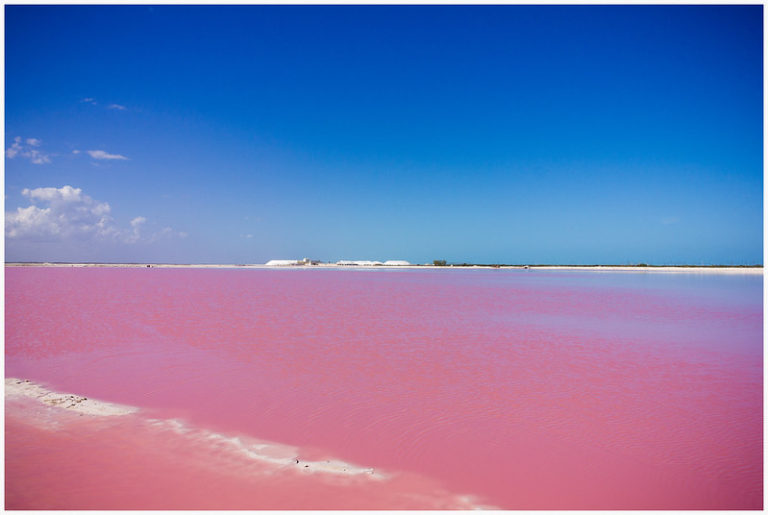
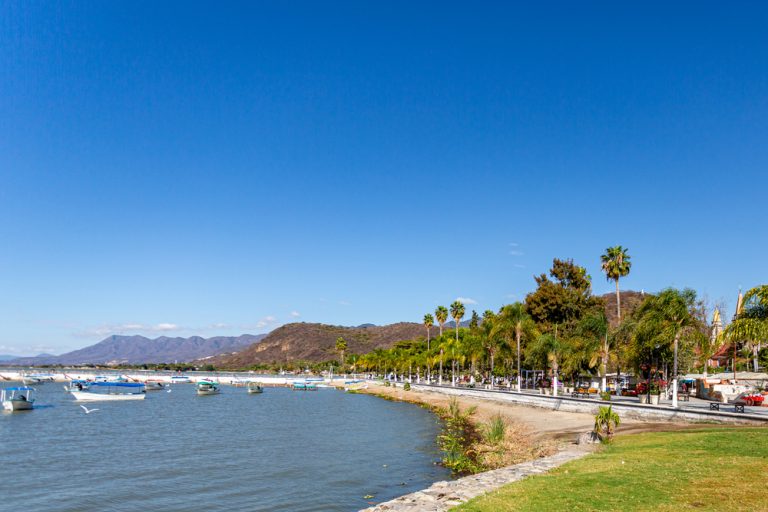
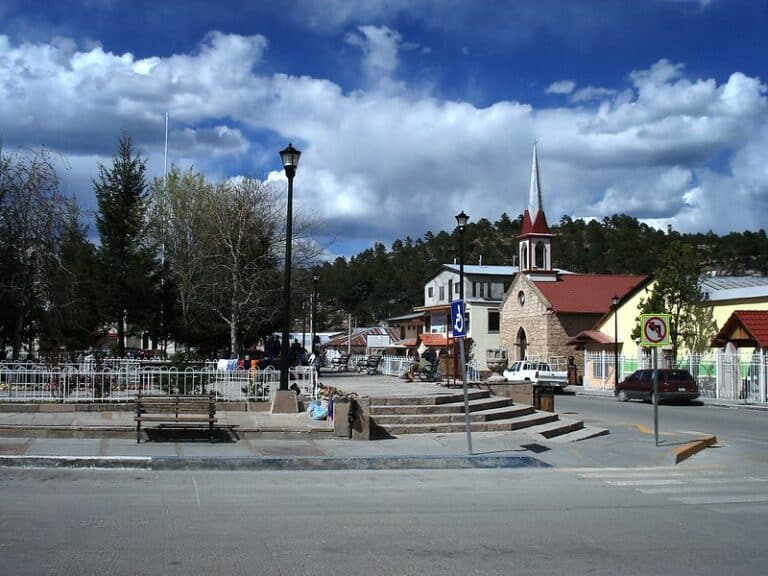
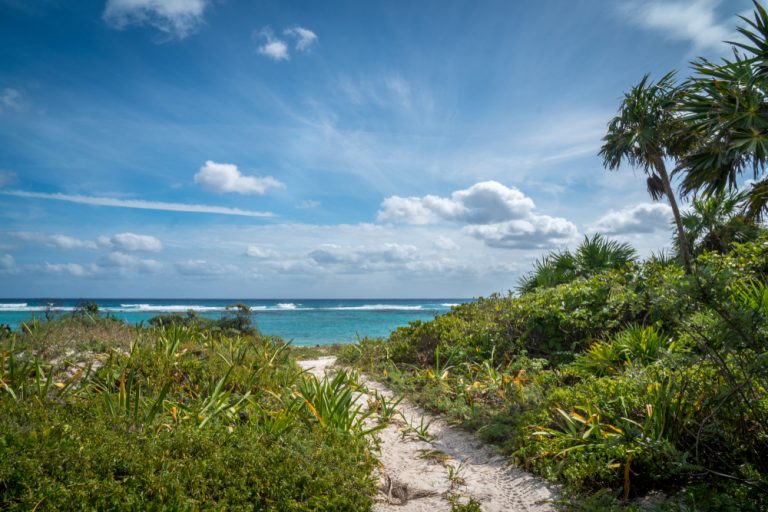
What do I travel from Cabo san Luca to Guerrero Negro? What is the cost?
Hey Carl,
You’re looking at about a 12-hour drive and 200 USD. Could be less or more depending on several factors.
There is an additional outfitter for whale watching. Look at the website whalemagictours.com. Shari Bondy is a Canadian who has lived in Mexico for more than 20 years running tours.